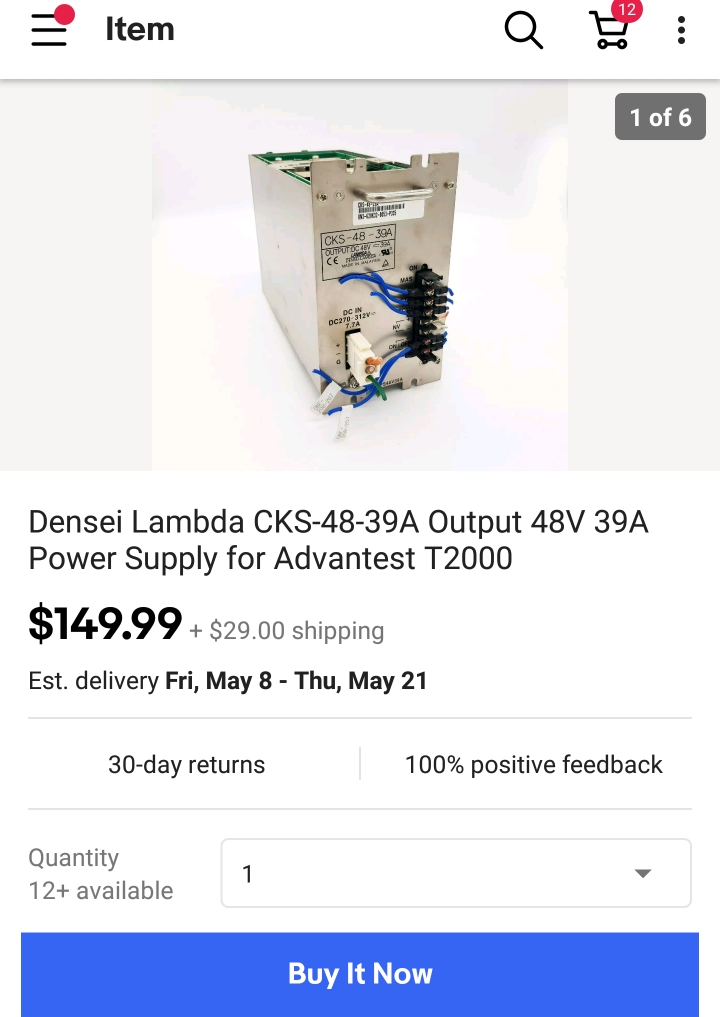Sorry if I forgot, but why are you in **that** much of a hurry?
And remember, just do slow charging to start until you have got everything up and running, you will very likely be changing your mind as you gain experience so if you are smart, you will wait and save finalizing your charger spending decisions for last.
I think you'll find that 10C rate is only OK (maybe) up to 80%SoC
And 400A is twice as fast as that, going into only 20Ah. If your PSU allows you to de-rate current, then set it at 200A or IMO lower would be better.
Username1 said:
Now about the actual charging method... To achieve a real 6 minute charge, does this mean you must set the voltage to the maximum (2.8v per cell), and skip the CV stage
Please reread
https://endless-sphere.com/forums/viewtopic.php?p=1548381#p1548381
For the first CC stage he **circuit** voltage will be much lower than your setpoint.
But because your current rate is so high, that voltage will hit your setpoint quickly, thus at a pretty low SoC.
Yes you can use a HVC to terminate the cycle there, but likely you want to use a greater % of your cells' capacity.
So, the PSU holds voltage at that CV setpoint, and amps will be falling.
At 20Ah, I would terminate the charge when trailing amps hit 0.05C, or 1A or thereabouts.
Of course you are sitting there watching in order to be able to do so.


